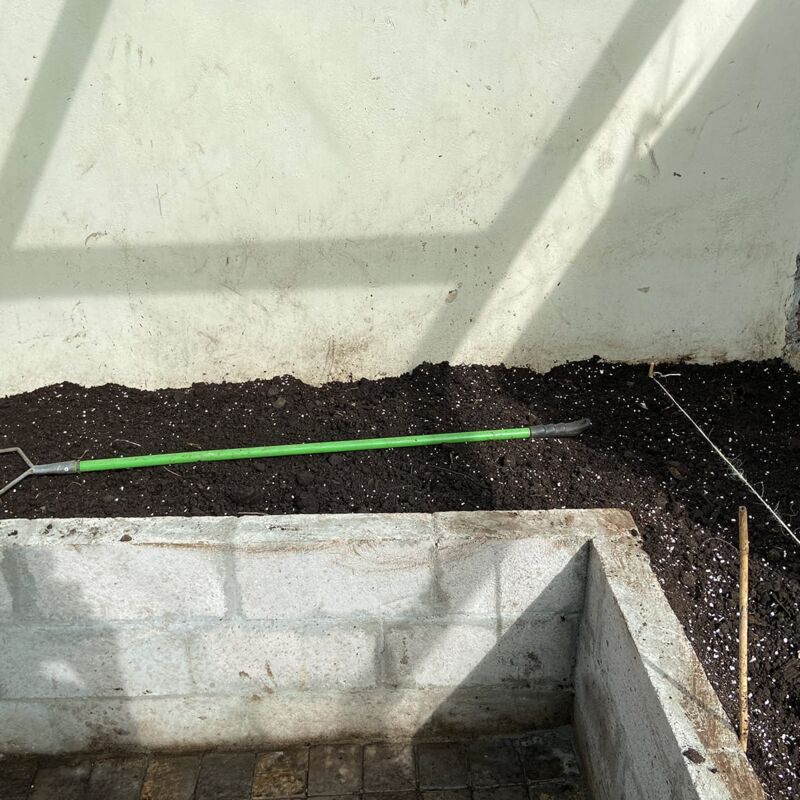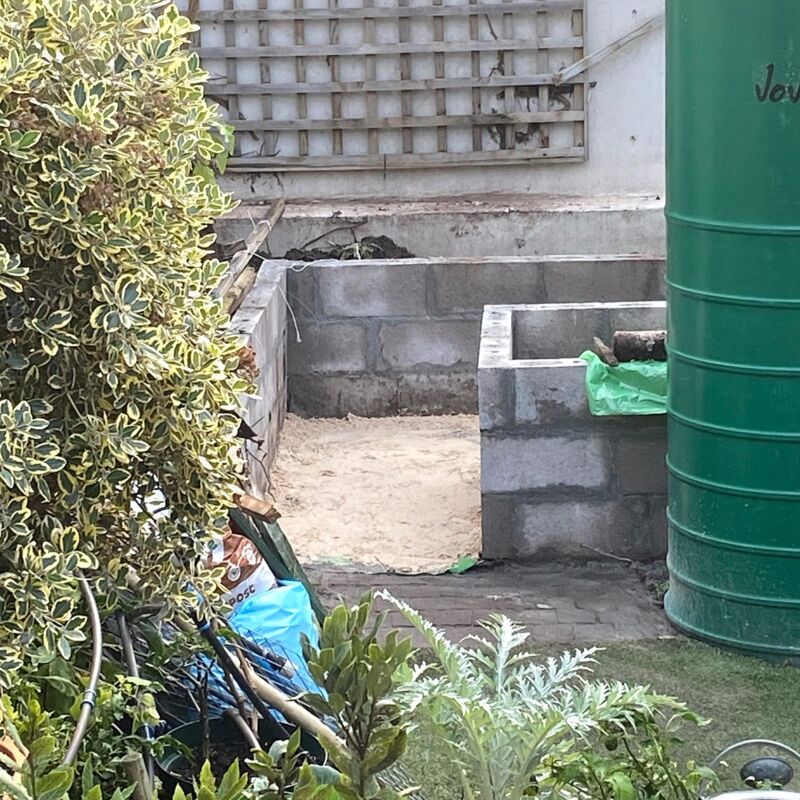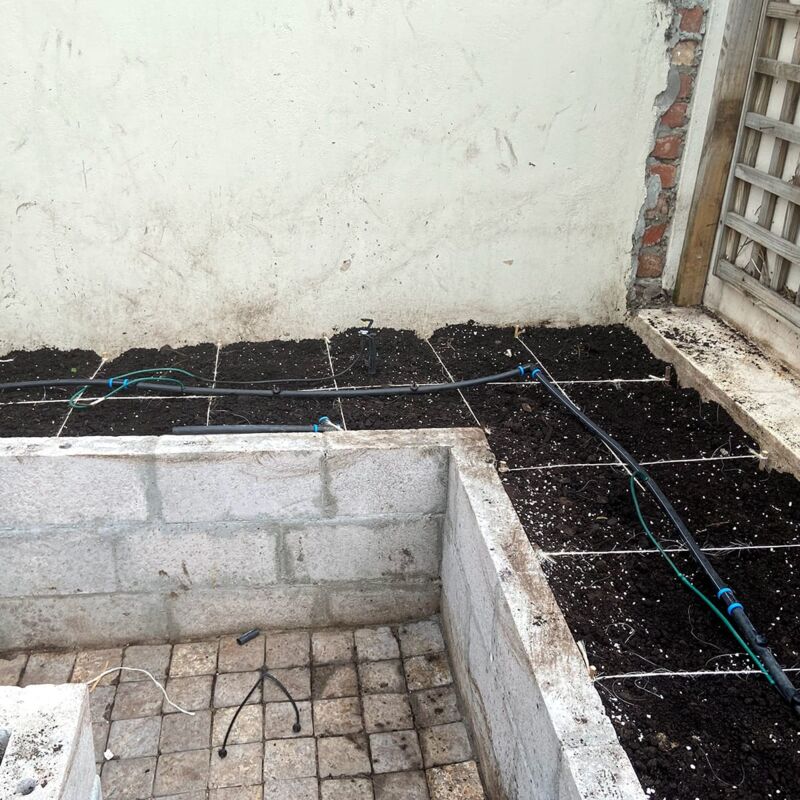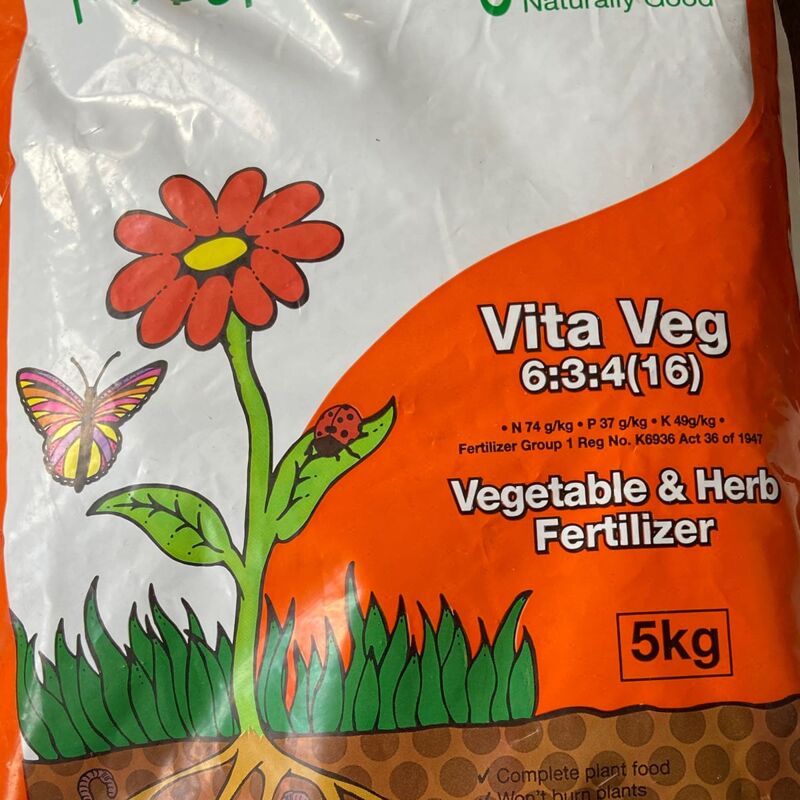Soil

The foundation of a garden is the soil which is the medium that provides the nutrients, essential minerals and water, that, along with the carbon dioxide in the air and sunlight energy, is critical for plant growth. The soil in my property is sandy and rocky and difficult to improve. Since my garden is small, I made my garden soil by purchasing components in bags from a garden centre to avoid the time and effort required to convert my ground.
Here I discuss how I went about producing soil that has continuously grown delicious vegetables with minimal pests and high water retention at a reasonable cost and minimal maintenance.
The Structure of Soil
The aim is to produce organic soil that is created by the decomposition of plant and animal materials to develop a mineral-rich nutrient micro-ecosystem that feeds and breaths life back into the earth, much like nature does.
Topsoil is the uppermost layer of soil, usually the top 5–10 inches. It has the highest organic matter and microorganism concentration and is where most of the earth's biological soil activity occurs. Topsoil is composed of soil, silt and clay particles, organic matter, water, and air. The Garden soil I aim to produce is topsoil enriched with compost and organic matter to make it better suited for plant growth. The addition of compost reduces compaction and provides nutrients that feed the plants over many years, making it similar to organic soil produced in nature.
Compost
Compost is organic matter that has been thoroughly broken down and decomposed into rich nutrient-dense plant food. Since my garden is small and I do not enjoy making homemade compost, I purchase organic bagged compost from garden centres. I have found that home made compost sometimes also contains pests and that using compost from a reliable souce reduces this risk. I also use purchase worm castings which is also compost.
Aeration
Organic soil contains living things, including beneficial microbes, nematodes, worms, protozoa, and fungi that need to make plants thrive, requiring air. Plant's roots also need air to breathe to help plants thrive (this is why overwatering is harmful). With too much water, plants are effectively drowned.) An aeration additive also promotes drainage and prevents the soil from over-compacting.
Absorbent materials like lava rock and pumice also increase moisture retention while providing good drainage. They'll hold water within themselves, helping to maintain an evenly moist raised bed for a more extended period between watering. I use mainly perlite and coco core for aeration in my gardens.

Filling Raised Garden Beds

Raised garden beds should be full up to several inches of the top with organic soil. To save me money and get the same result, I use the hugelkultur method to fill the lower third to half of my raised gardens. The hugelkultur method, which arose in Germany, is a gardening and farming technique whereby woody debris (fallen branches and logs) are used as a resource to mimic the nutrient cycling found in a natural woodland to realize several benefits.
Woody debris covered with fallen leaves, green compost, and topsoil become sponge-like, soaking up irrigation water and releasing nutrients slowly into the surrounding soil, making nutrients and moisture available to plants. It also helps with drainage in raised beds and eliminates the need for building a concrete floor in your raised bed. I then add layers of several inches of bagged organic soil, compost and pearlite or other aeration material, evenly mixed in “lasagna layers" with a final layer of compost at the top as mulch.
Fertilizer
Since I filled my raised garden bed primarily filled with high-quality organic bagged soils and compost that contained pre-amended soil with light fertilizer and some compost added, I went light on the fertilizer for the first growing season. Since plants use up large quantities of nutrients in subsequent growing seasons, I started implementing a fertilizer routine for my raised garden beds.
Rock Dust
I also rock dust to my new raised beds. It is slow-release and cannot burn or harm plants like fertilizer can. Rock dust comes from volcanic ash. It is low in macronutrients but loaded with trace minerals. It helps increase nutrient uptake by plants, increases crop yields, improves plant immunity, boosts pest resistance, and generally enhances soil and plant health. That's how I made the soil for my small home garden. I bought the bags, worked out the proportions (40, 40, 20) and poured the mix into my raised beds and containers. This easy method has produced excellent garden soil for the vegetables I have grown and a solid foundation for future plantings.

